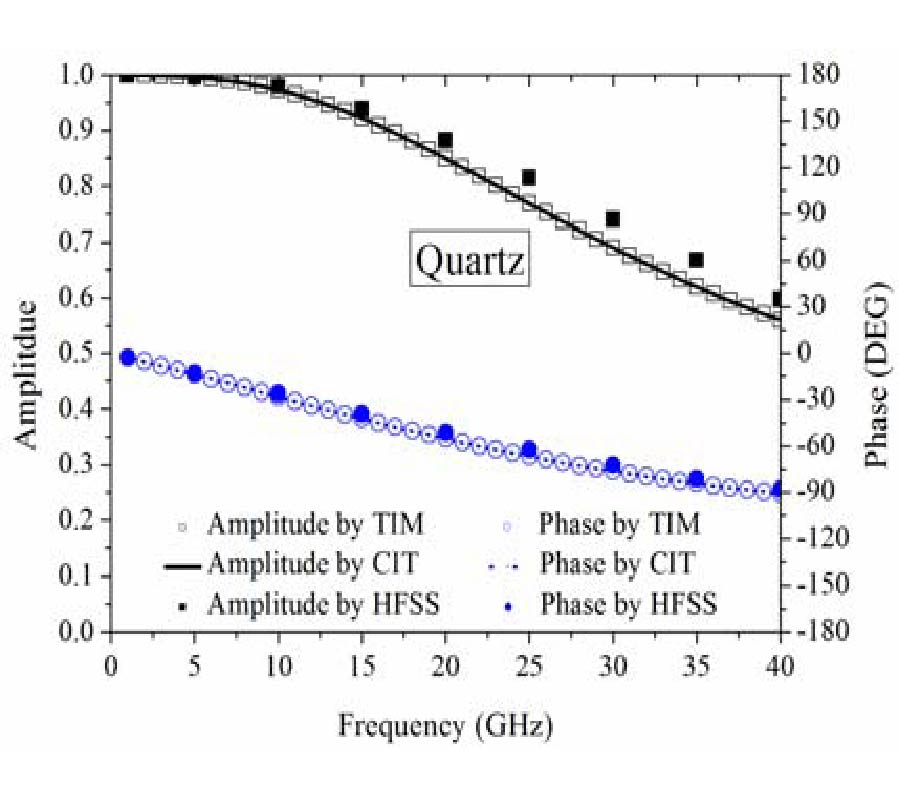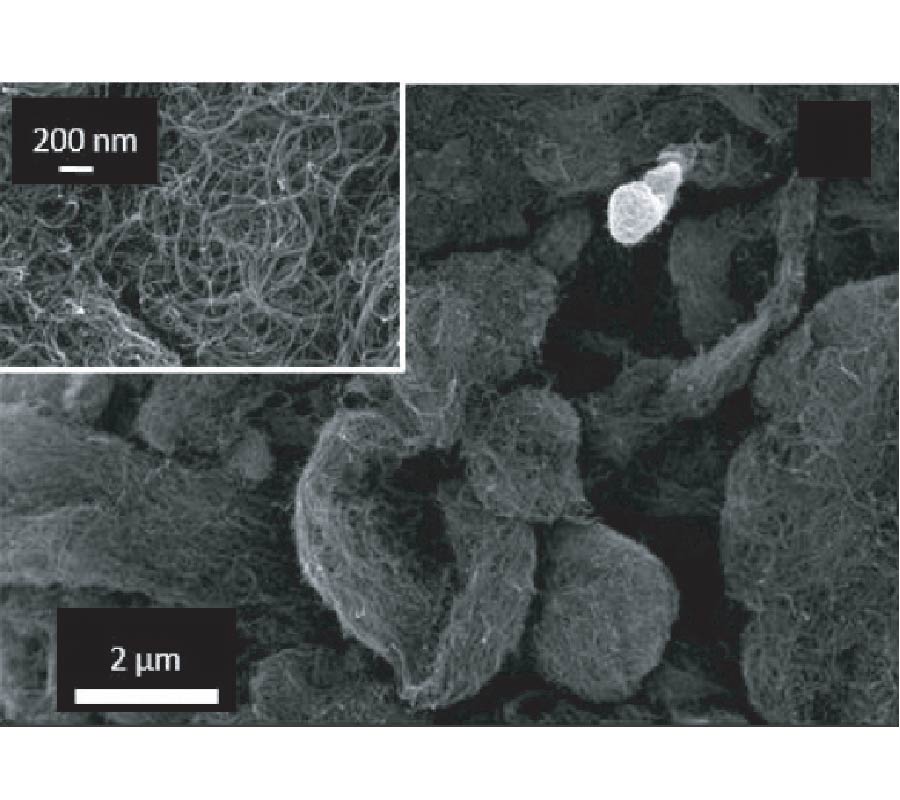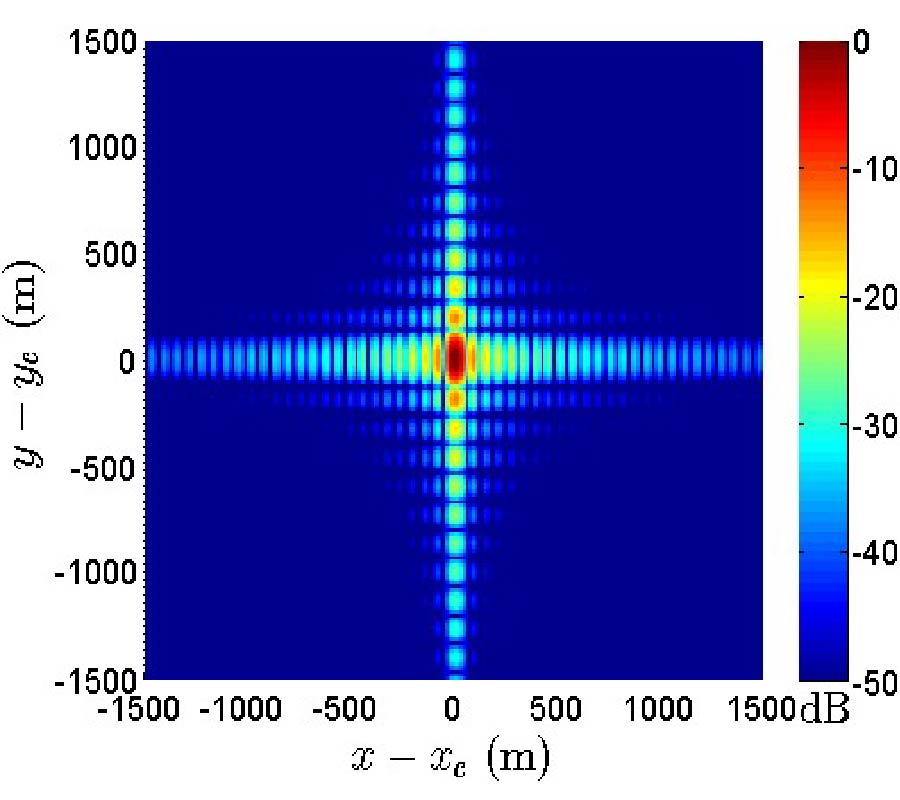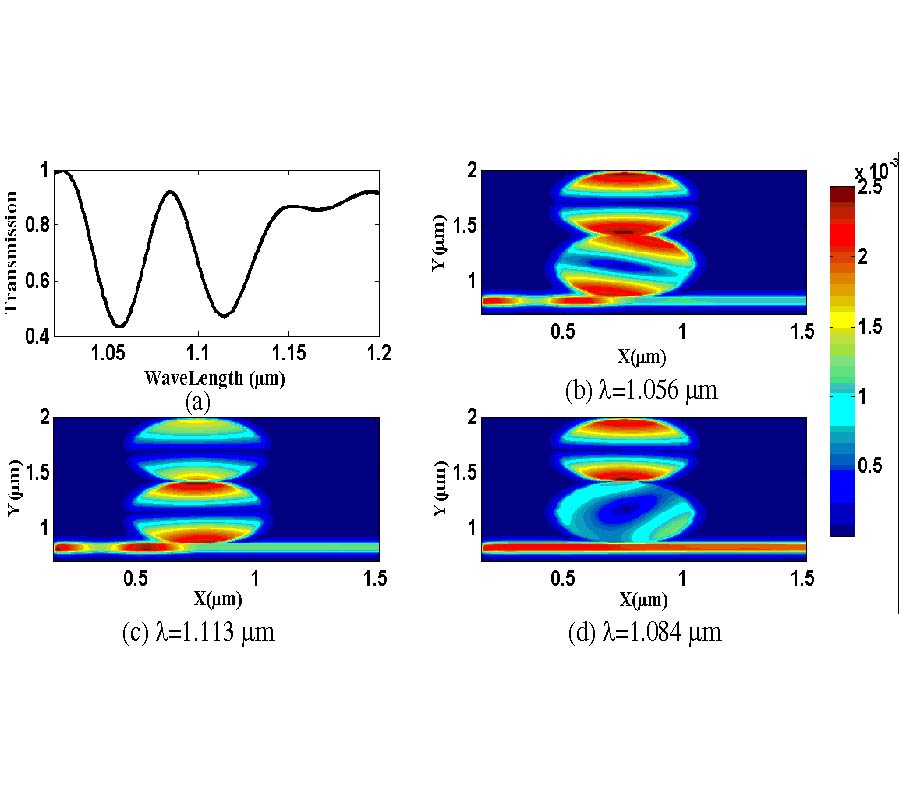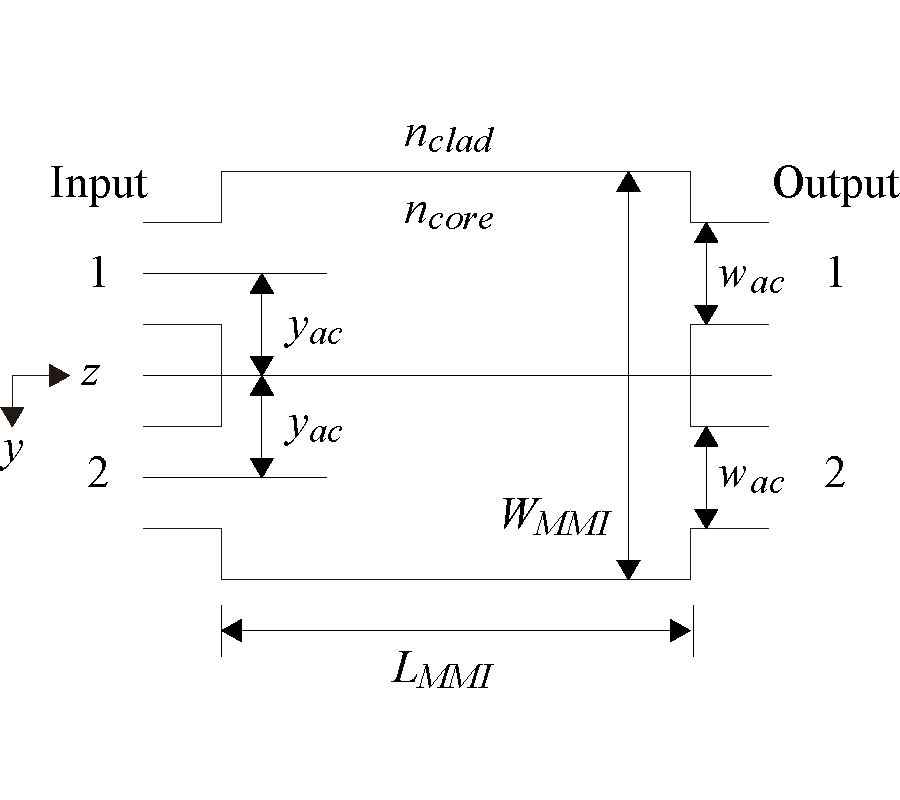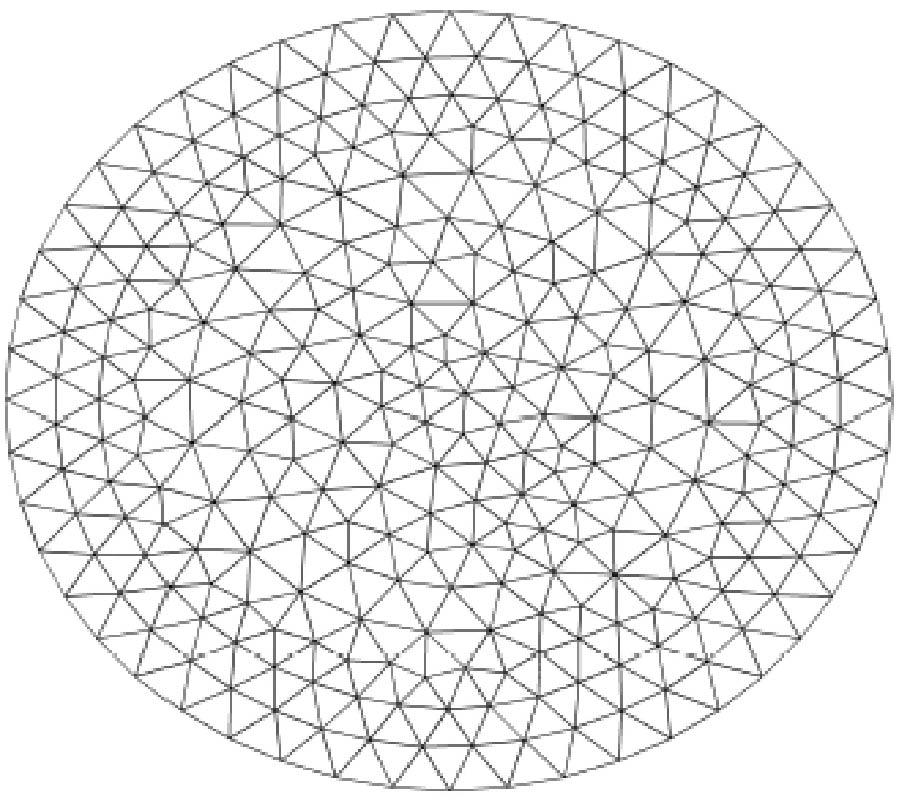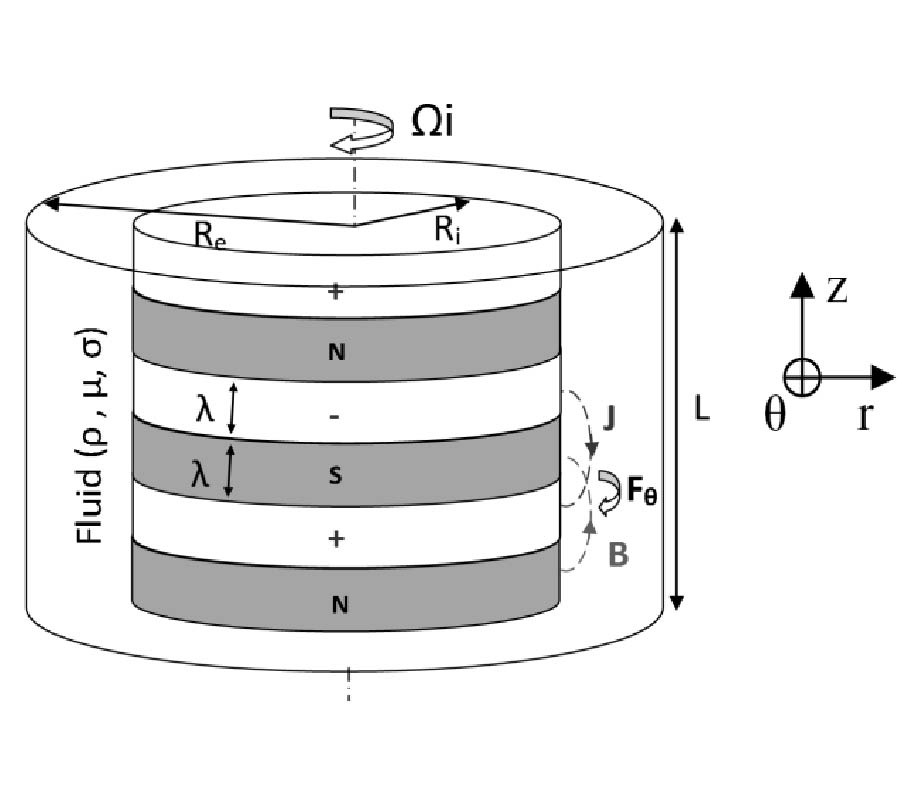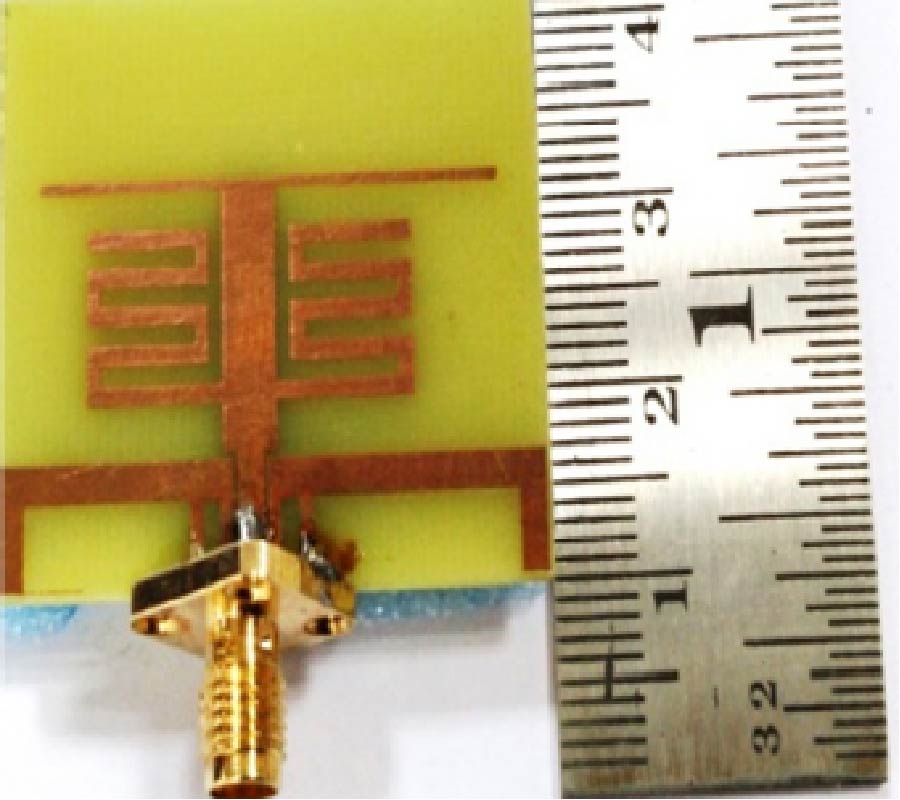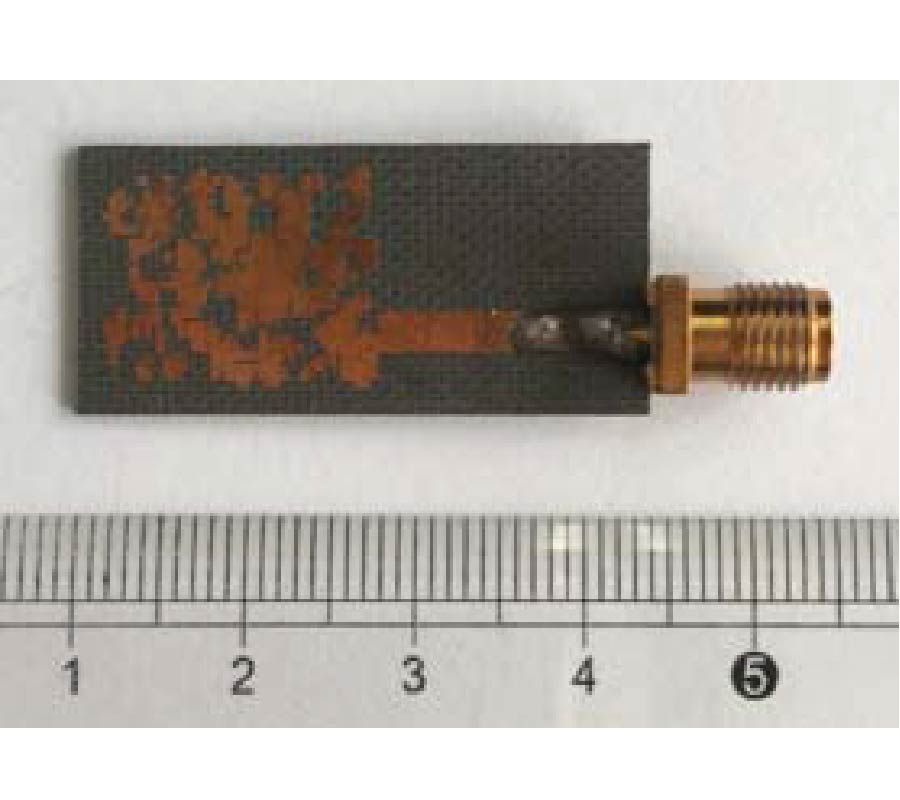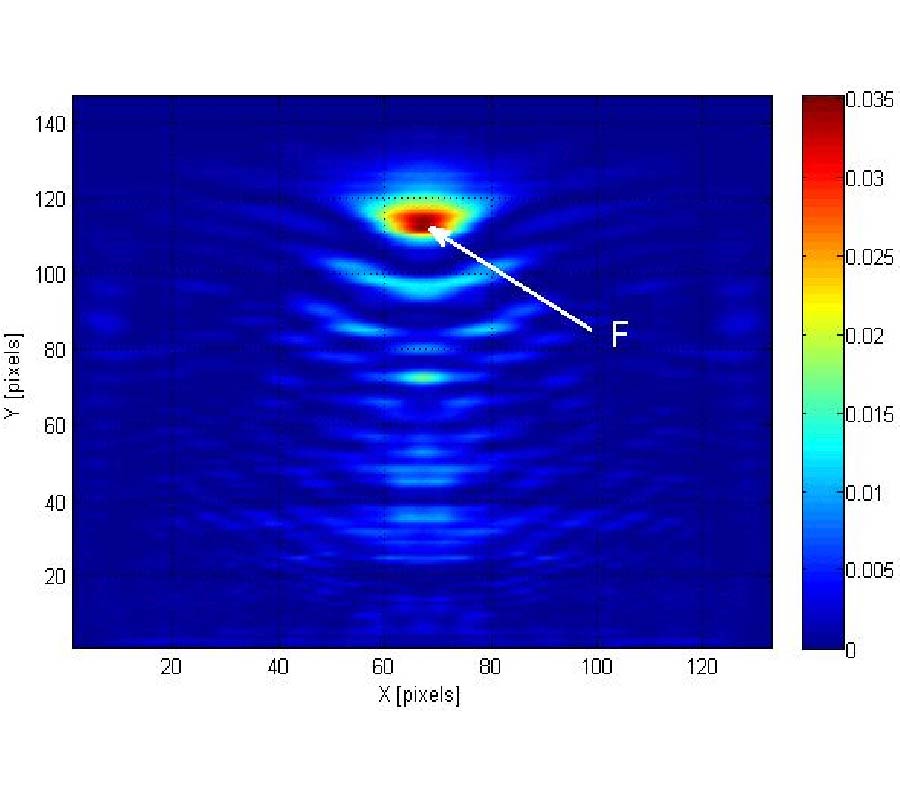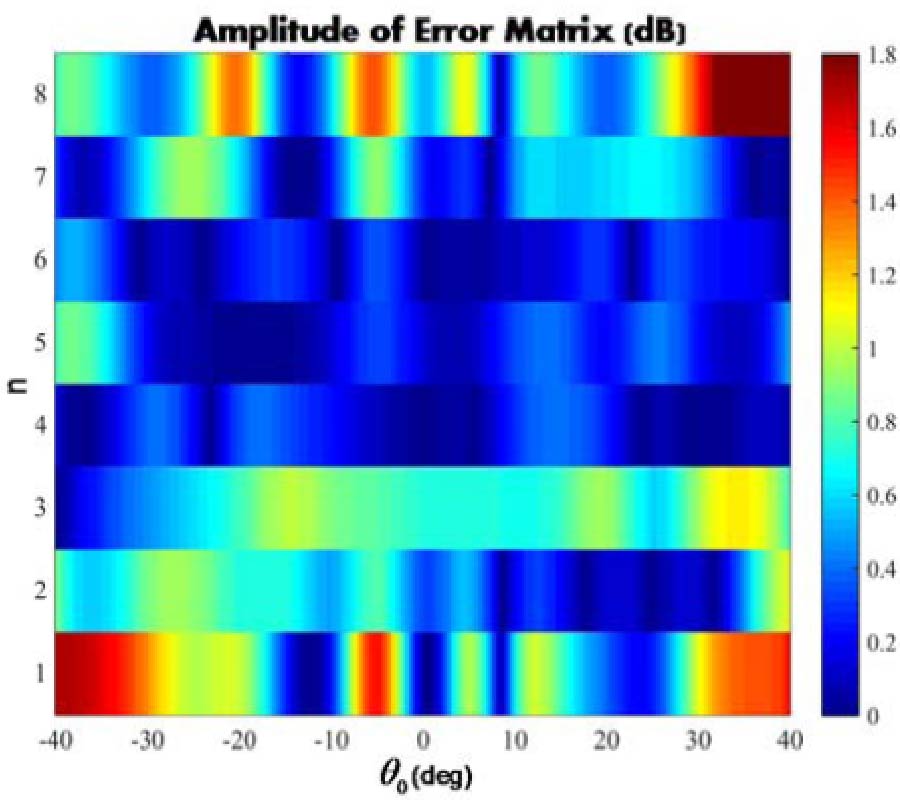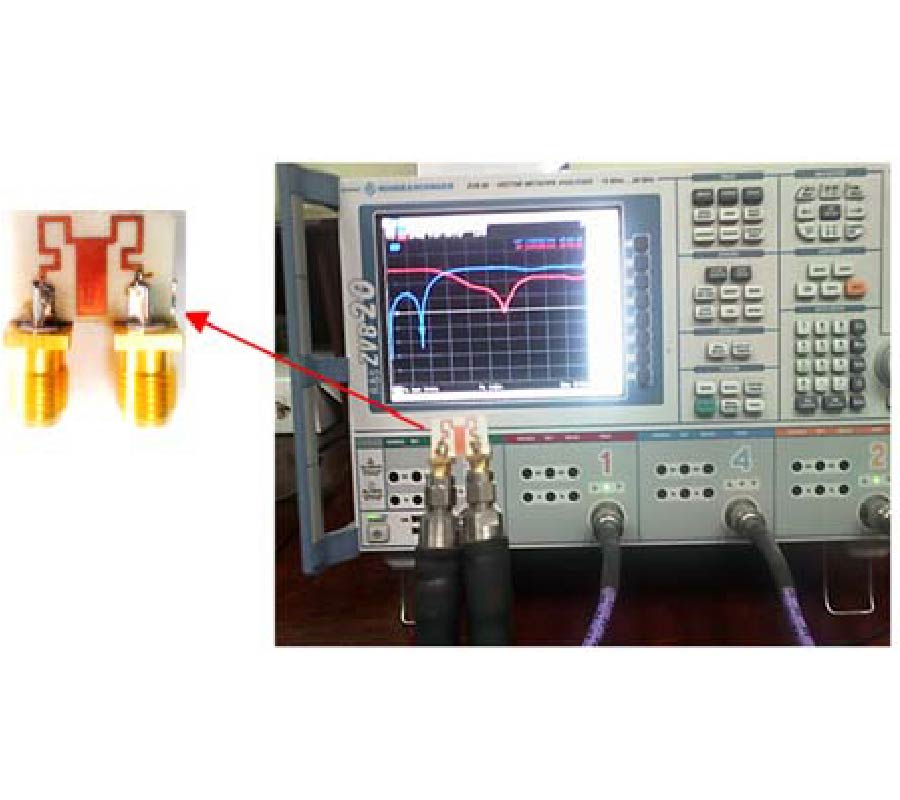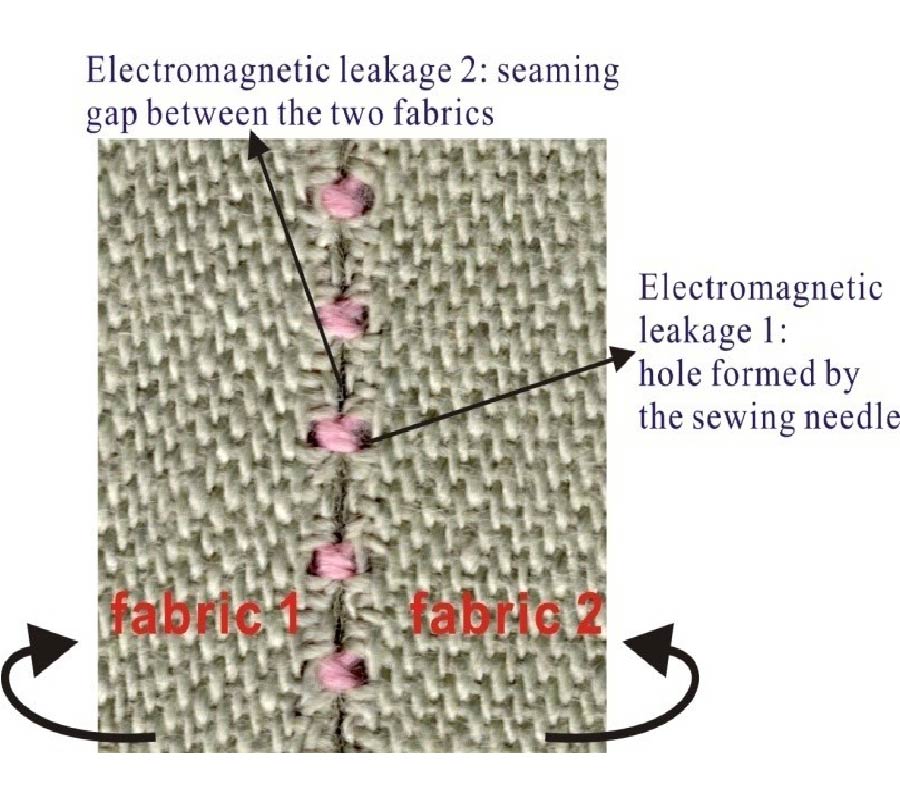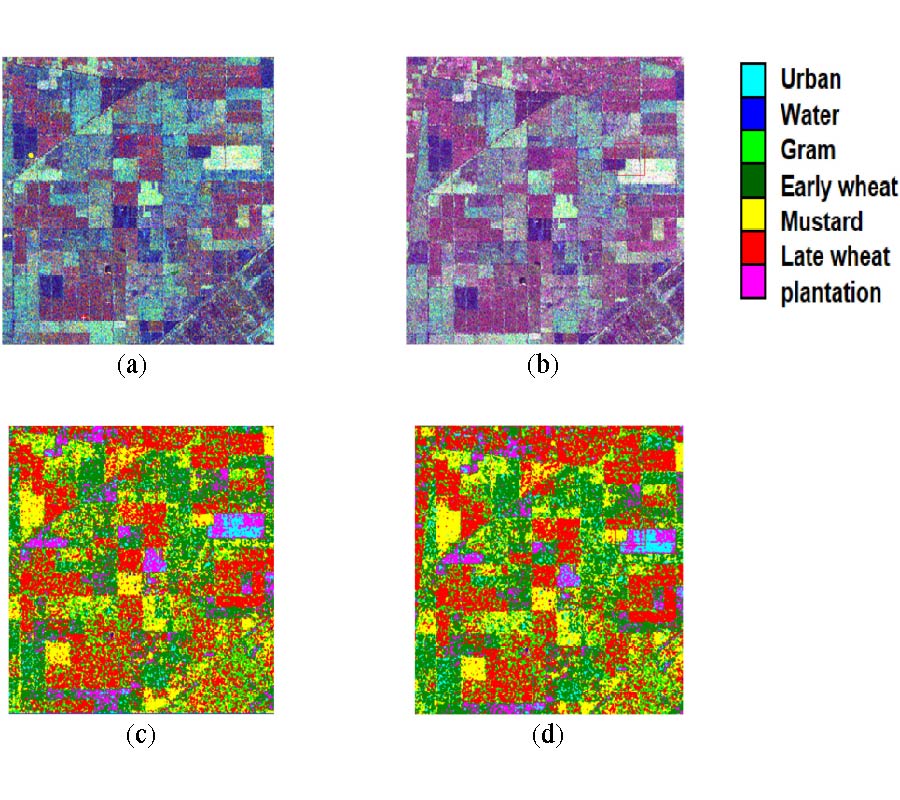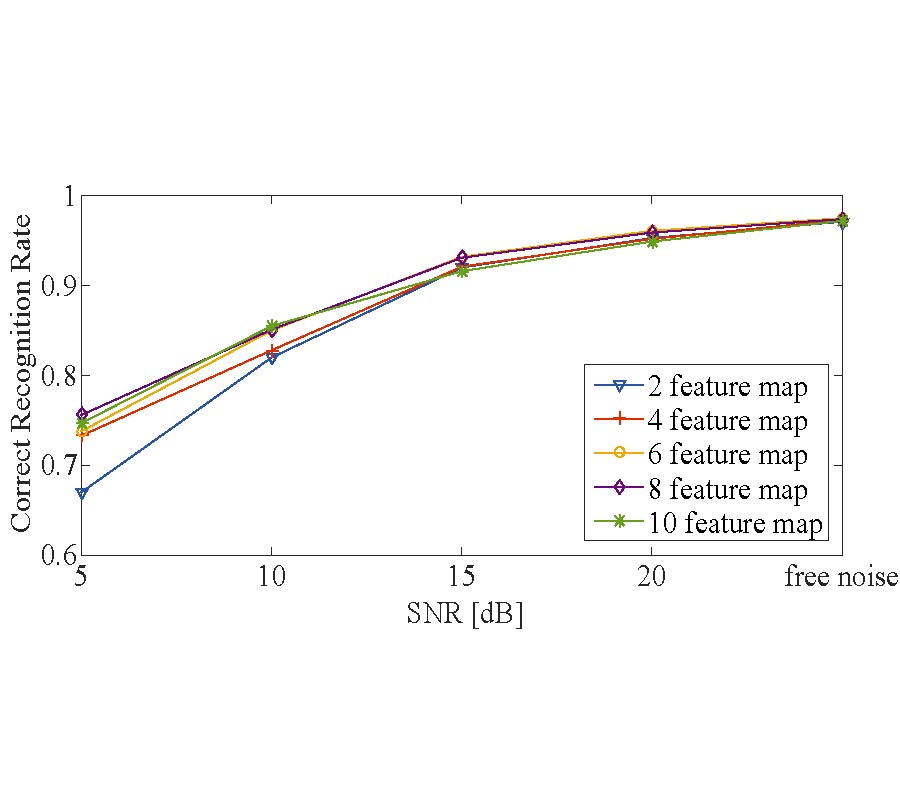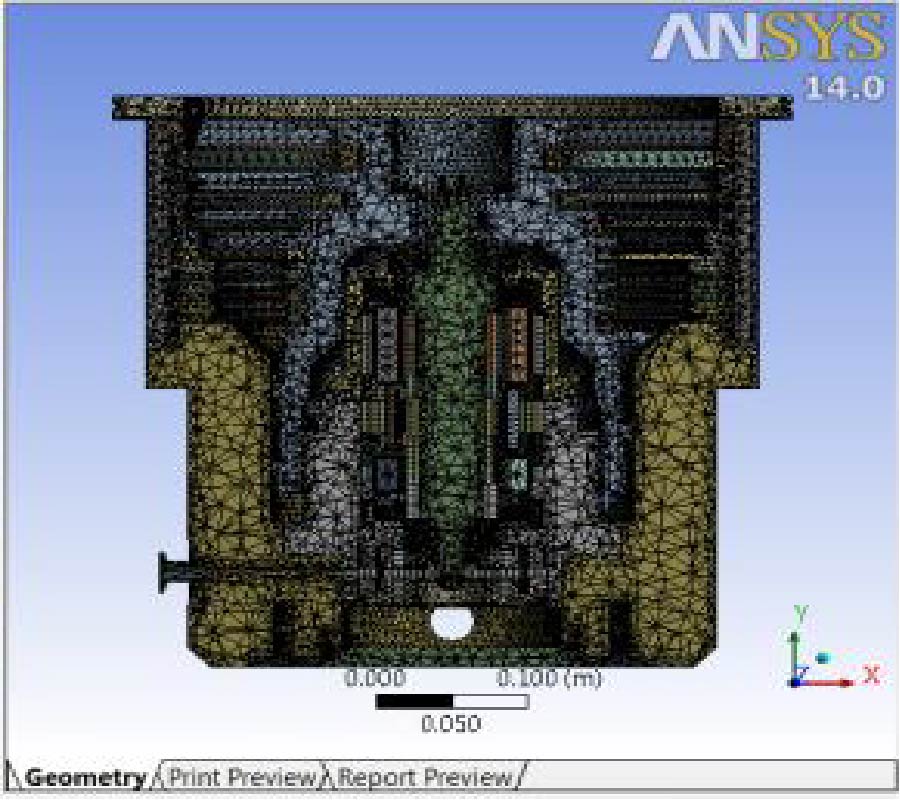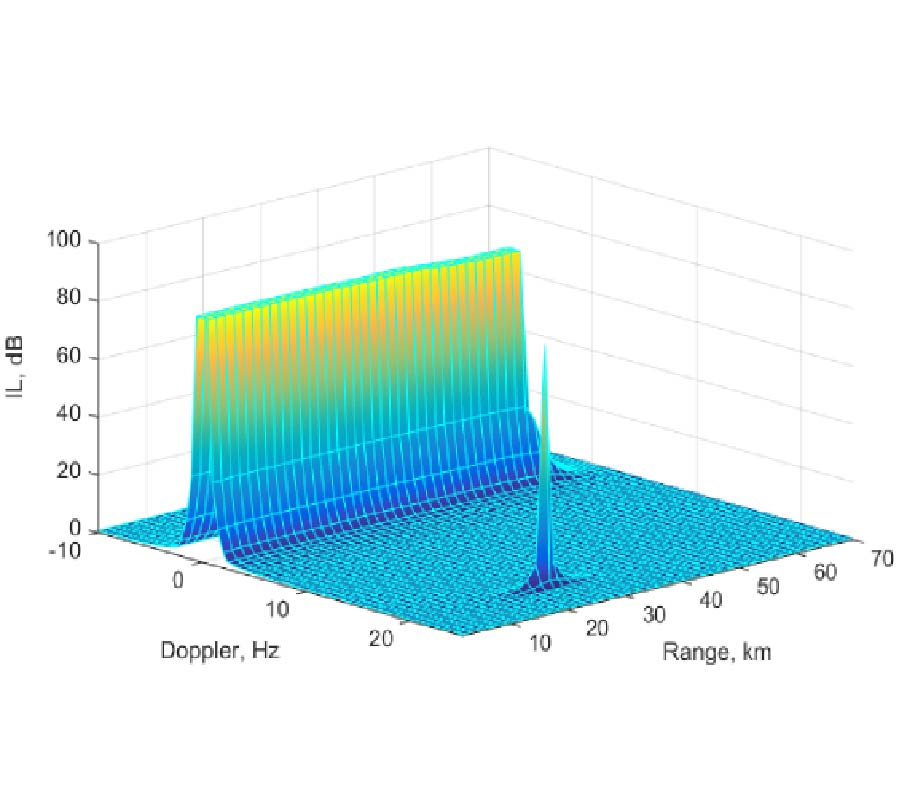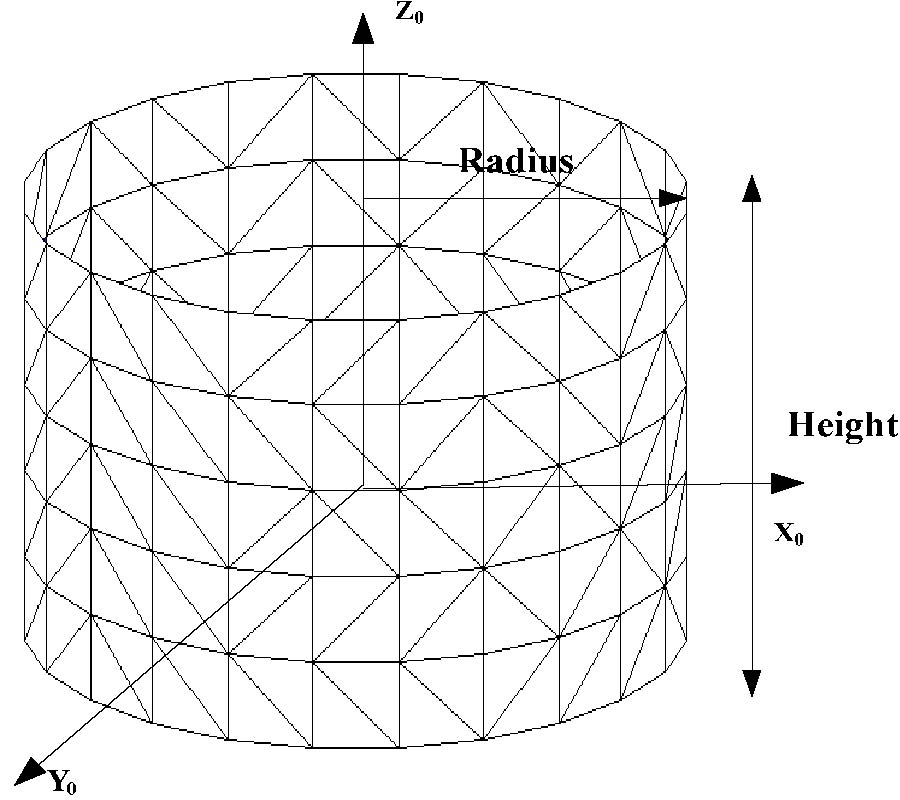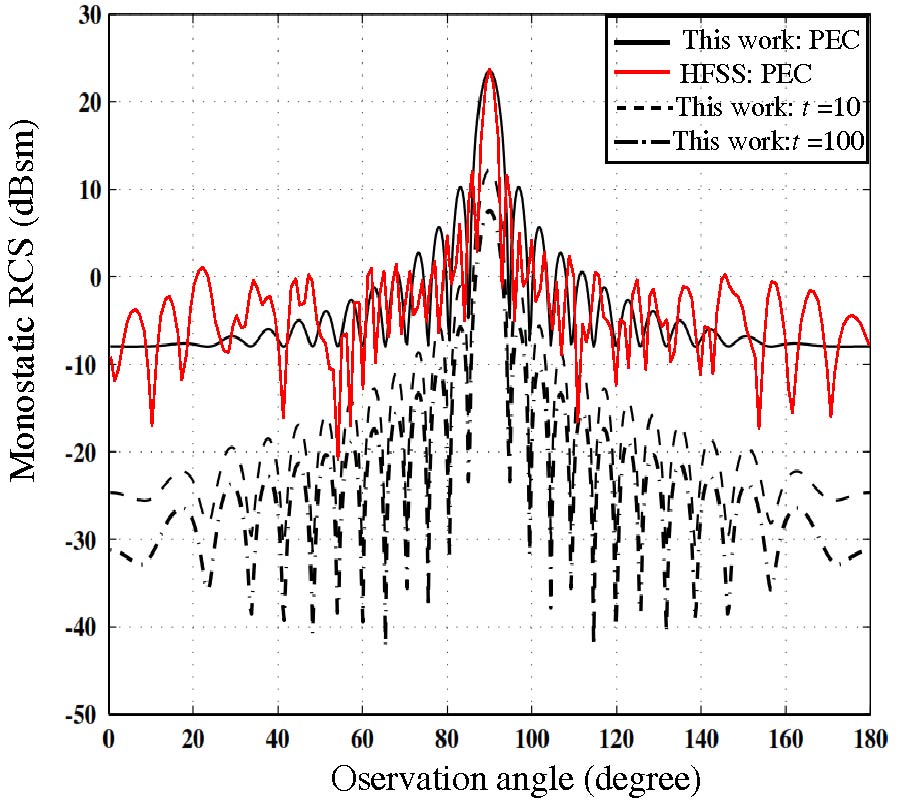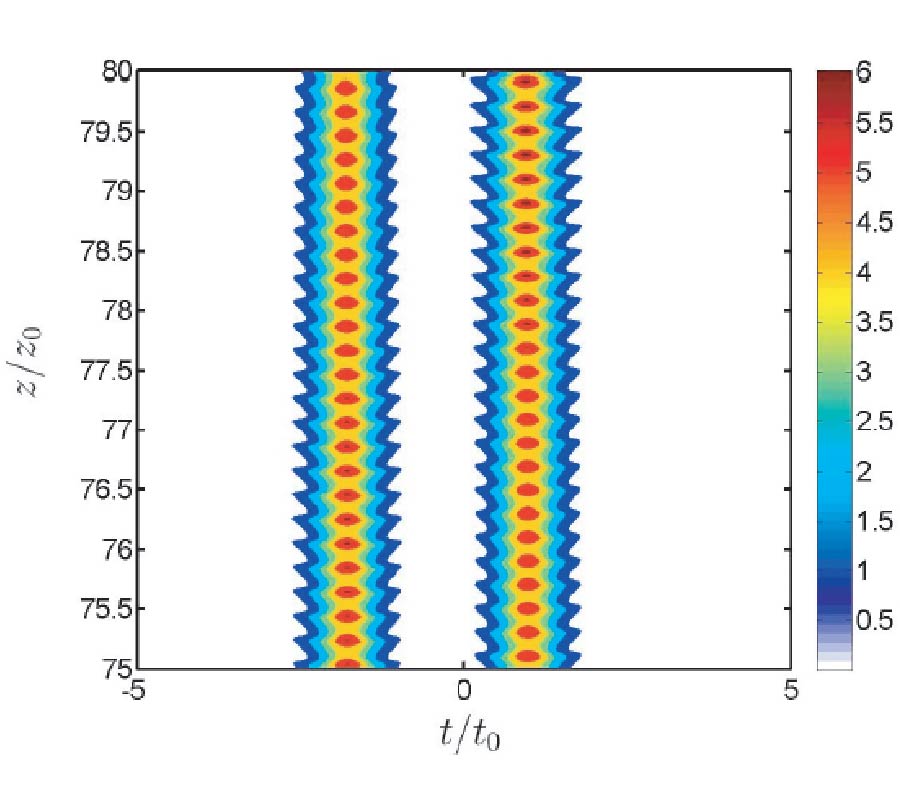Fast and Stable Integration Method for the Aperture Admittance of an Open-Ended Coaxial Probe Terminated into Low-Loss Dielectrics
Licheng Zhou,
Yang Ju,
Peiyu Wang and
Yongmao Pei
The utilization of an open-ended coaxial probe for characterization of dielectric properties or quantitative nondestructive detection of defects in materials firstly requires evaluating the aperture admittance. For the case that the probe is terminated into low-loss dielectrics backed by a conducting sheet, however, the admittance expression encounters poles in the vicinity of the path of integration, resulting in low convergence rate or even overflow in numerical quadrature. In this study, locations and properties of the singularities of the integral formulation for generally lossy, low-loss, and lossless dielectric slabs backed by a perfectly conducting sheet are investigated above all. Subsequently, making use of the contour integral technique, a fast and stable integration method is put forward to calculate the admittance integral formulation. Finally, numerical experiments are conducted to justify the validity and efficiency of the proposed integration method for low-loss dielectric cases by comparison with the traditional integration method as well as commercial FEM software.
